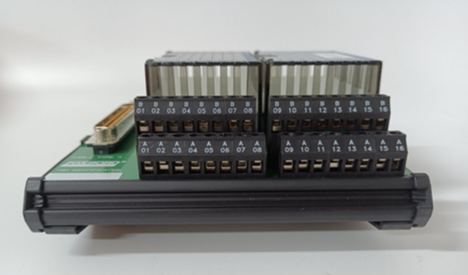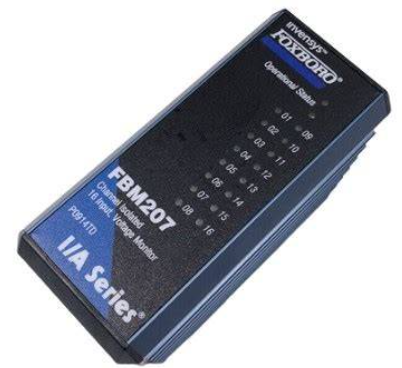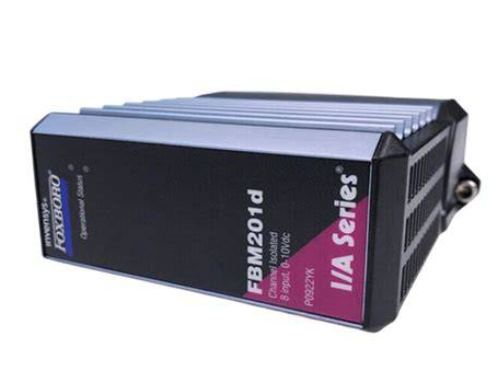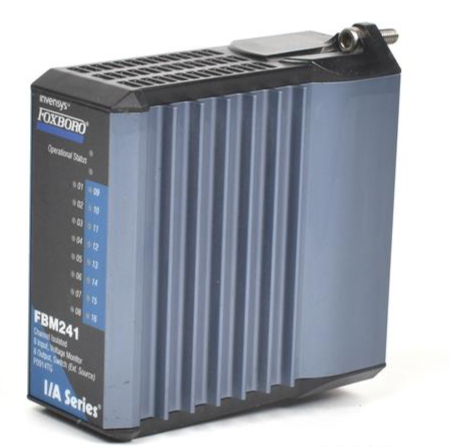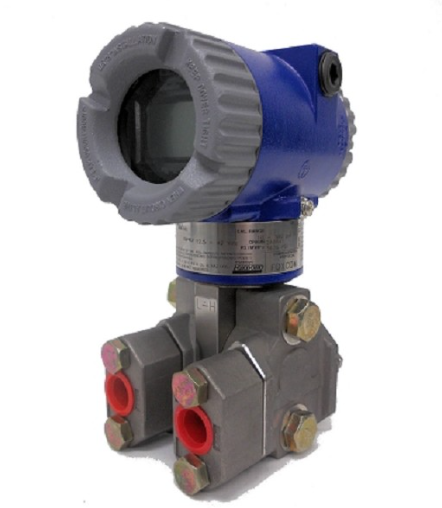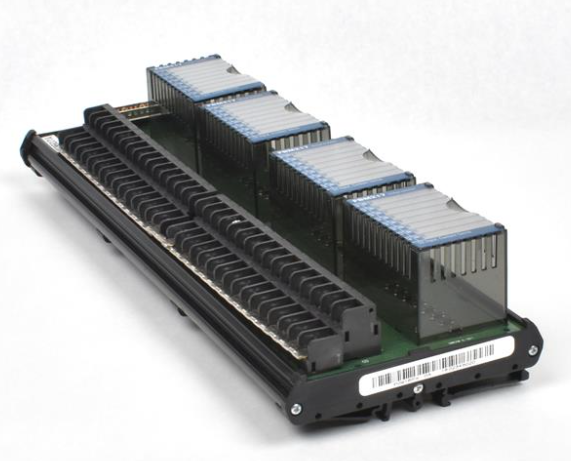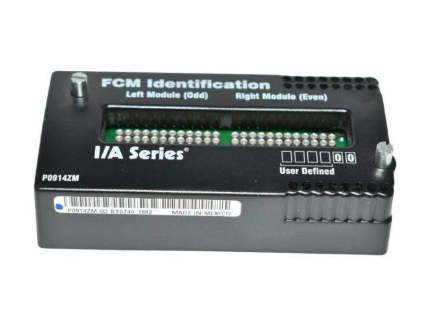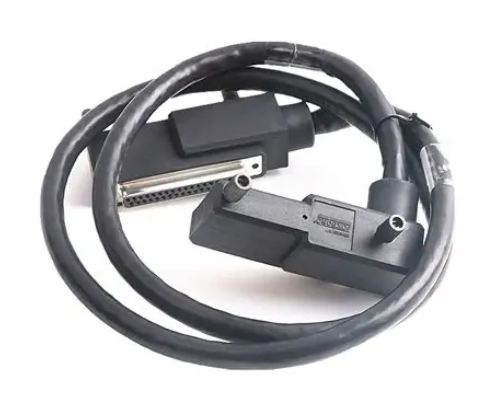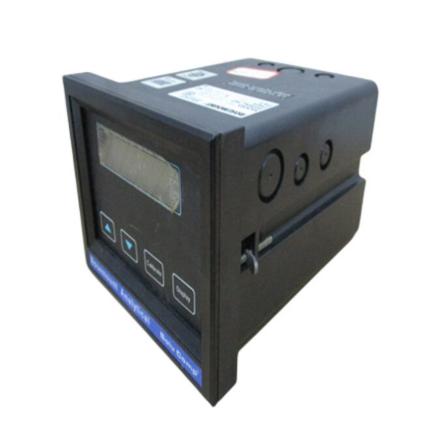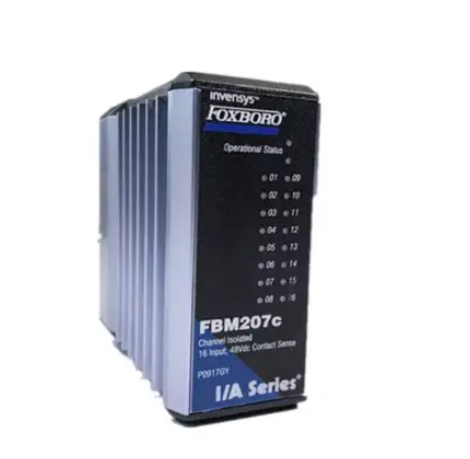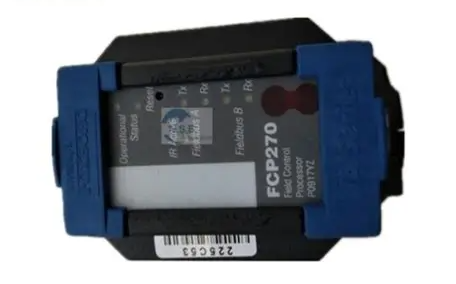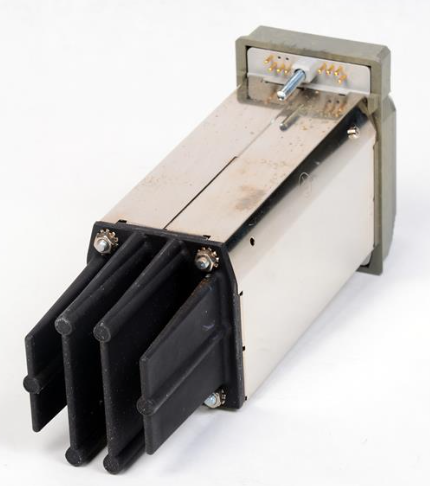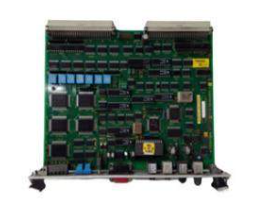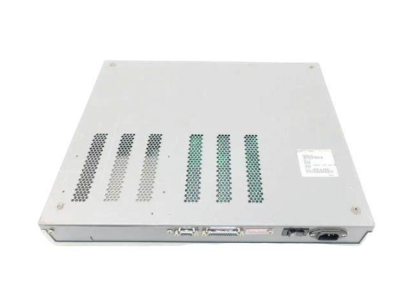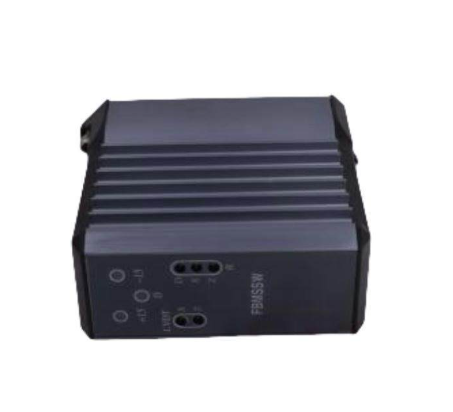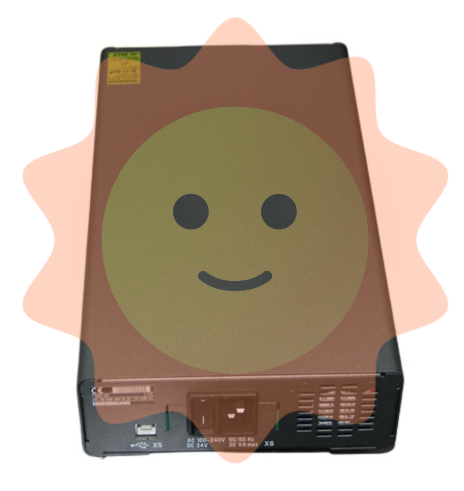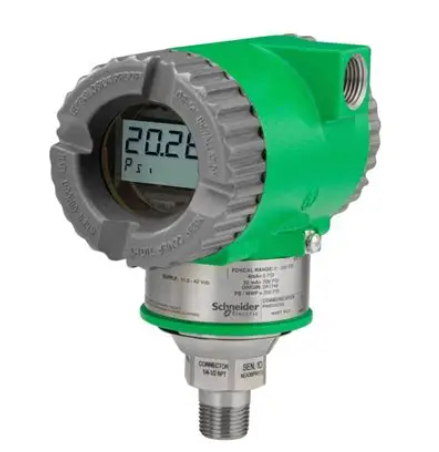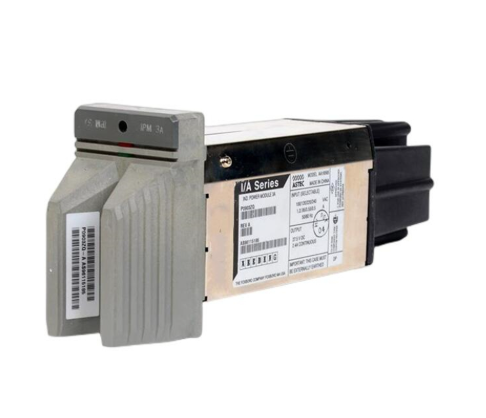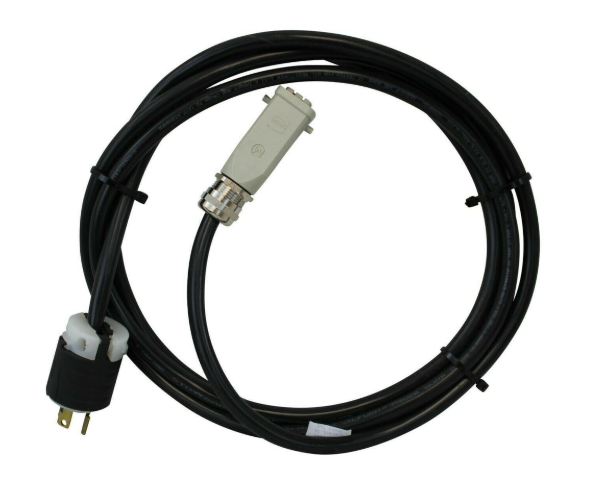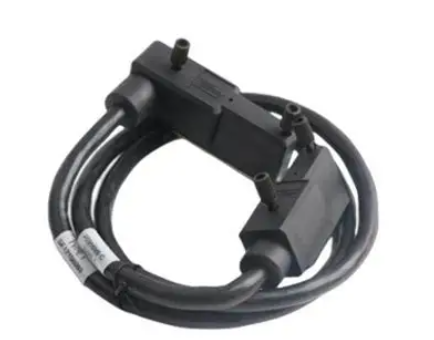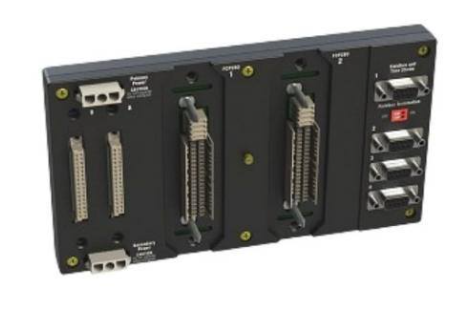YASKAWA Z1000 series HVAC dedicated frequency converter
H2 group (digital output): 3 relay outputs (M1-M2/M3-M4/M5-M6), which can map signals such as operating status, zero speed, fault, and consistent speed.
H3 group (analog input): 2 analog terminals (A1/A2), supporting 0~10V/4~20mA signals, configurable frequency command, PI feedback, torque detection level and other functions.
H4 group (analog output): 2 analog terminals (FM/AM), capable of outputting monitoring data such as frequency, current, power, etc., supporting gain/bias adjustment.
6. Communication parameters (H5/F6/F7 group)
Supports multiple industrial communication protocols and is compatible with building automation system integration.
Core protocols: BACnet, APOGEE FLN, Metasys N2, MEMOBU/Modbus;
Basic configuration: H5-01 (slave address), H5-02 (baud rate), H5-03 (checksum), which need to be unified with the upper computer;
Fault handling: F6-01 configuration communication fault driver behavior (shutdown/continue running/alarm).
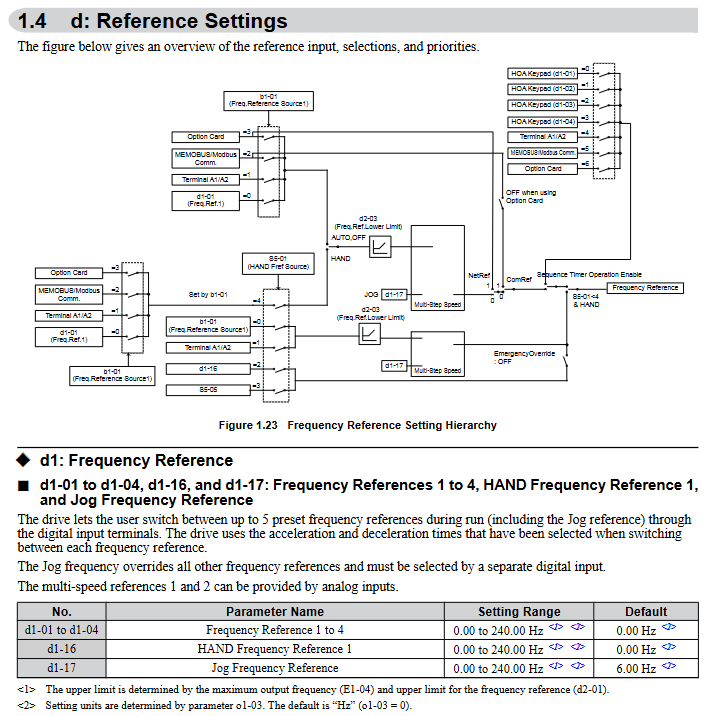
Motor debugging (T group)
Obtain precise motor parameters through automatic tuning to ensure control performance.
1. Induction motor debugging (T1 group)
T1-01 selects tuning mode: 2 (static resistance detection), 3 (V/f energy-saving mode rotation tuning);
Pre input of motor rated power (T1-02), voltage (T1-03), current (T1-04) and other nameplate parameters is required, and after tuning, the E2 group parameters will be automatically updated.
2. PM motor debugging (T2 group)
T2-03 Select motor type (0=IPM motor, 1=SPM motor);
T2-18 starts tuning and automatically calibrates key parameters such as stator resistance, inductance, and induced voltage constant, ensuring that the motor is unloaded.
Monitoring parameters (U group)
Real time viewing of drive operation status, fault records, and maintenance information, core categories:
U1 group (operating status): output frequency (U1-02), output current (U1-03), DC bus voltage (U1-04), etc;
U2/U3 group (fault tracing): record parameter snapshots (such as current, frequency) and historical fault lists (up to multiple records can be stored) when faults occur;
U4 group (maintenance monitoring): cooling fan running time (U4-03), percentage of capacitor life (U4-05), pre charge relay life (U4-07), etc. If it is less than 20%, it needs to be replaced in advance;
U5 group (PI monitoring): PI set values, feedback values, output values, etc., facilitate closed-loop control optimization.
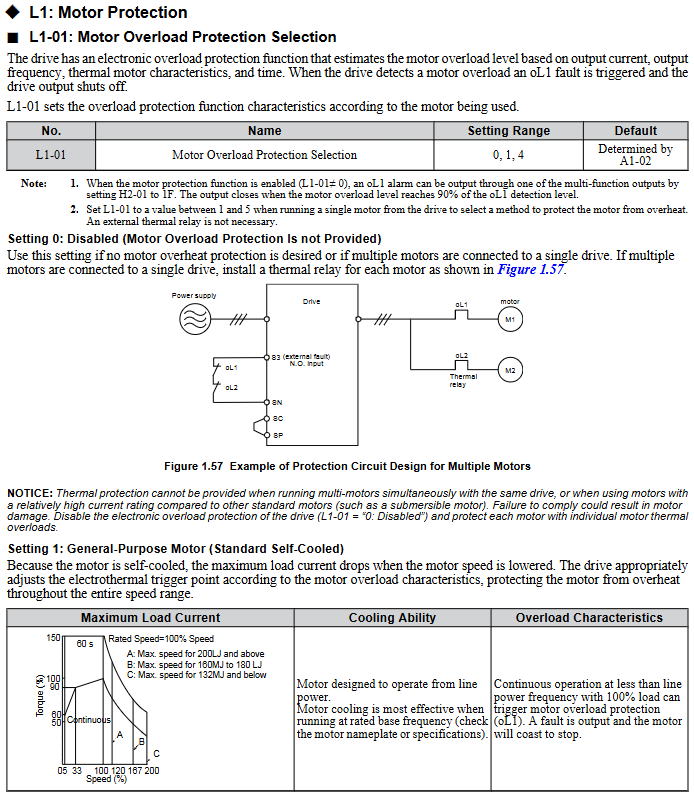
Regular inspection and maintenance
1. Safety regulations
After power failure, wait for the capacitor to discharge (DC bus voltage below 50V) before wiring or replacing components;
Do not remove the cover plate or touch the circuit board while it is powered on to avoid static electricity damaging the components.
2. Inspection cycle and content
(1) Daily inspection (daily)
Appearance: The driver/motor has no abnormal noise, odor, or vibration, and the cooling fan is running normally;
Display: No alarm code, stable parameters such as current and voltage;
Environment: Temperature (-10~+50 ℃), humidity (0~95% without condensation) meet the requirements, and there is no dust accumulation.
(2) Regular inspection (annually)
Electrical components: The wiring terminals are securely fastened, the insulation of the wires is not aged, the capacitors are not leaking or bulging;
Cooling system: The radiator is clean, the fan is not stuck, and the air duct is not blocked;
Function verification: No abnormal changes in parameters, protection functions (such as overload and overvoltage) triggered normally.
3. Replacement of vulnerable parts
Cooling fan: Replace it after running for 20000 hours or 5 years, and reset the o4-03 parameter after replacement;
HOA keyboard battery: The model is CR1220 lithium battery, with a lifespan of about 2 years. Replace it when "bAT" is displayed, and pay attention to the installation of the positive and negative poles;
Capacitors and relays: After 5-7 years of operation, the capacity/contact status needs to be checked, and if it is lower than 80% of the initial value, it should be replaced.
Communication Protocol Configuration (Core Protocol Summary)
1. MEMOBU/Modbus communication
Physical interface: RS-422/RS-485 (terminal R+/R -/S+/S -);
Core parameters: Slave address (H5-01:0~FFH), baud rate (H5-02:1200bps~115200bps), parity bit (H5-03: none/even/odd parity);
Function: Supports reading monitoring data, writing parameters, controlling start stop, and fault reset.
2. BACnet communication
Adapt to building automation systems and support BACnet MS/TP protocol;
Configuration parameters: F6-46 (baud rate), device object, analog input/output object mapping;
Function: Implement remote monitoring and control of the frequency converter by the upper computer, and support fault alarm uploading.
Compliance and Safety Tips
Safety level: Complies with UL 508C, CSA C22.2 No.14, CE LVD/EMC and other standards;
Prohibited scenarios: It is prohibited to use equipment that directly affects personal safety, such as medical, aviation, nuclear power, etc. The lifting application is disabled and automatically restarted due to malfunction;
Operation specifications: All wiring, parameter modification, and maintenance work must be carried out by authorized personnel, and the power-off discharge process must be strictly followed.
- EMERSON
- Honeywell
- CTI
- Rolls-Royce
- General Electric
- Woodward
- Yaskawa
- xYCOM
- Motorola
- Siemens
- Rockwell
- ABB
- B&R
- HIMA
- Construction site
- electricity
- Automobile market
- PLC
- DCS
- Motor drivers
- VSD
- Implications
- cement
- CO2
- CEM
- methane
- Artificial intelligence
- Titanic
- Solar energy
- Hydrogen fuel cell
- Hydrogen and fuel cells
- Hydrogen and oxygen fuel cells
- tyre
- Chemical fiber
- dynamo
- corpuscle
- Pulp and paper
- printing
- fossil
- FANUC
- Food and beverage
- Life science
- Sewage treatment
- Personal care
- electricity
- boats
- infrastructure
- Automobile industry
- metallurgy
- Nuclear power generation
- Geothermal power generation
- Water and wastewater
- Infrastructure construction
- Mine hazard
- steel
- papermaking
- Natural gas industry
- Infrastructure construction
- Power and energy
- Rubber and plastic
- Renewable energy
- pharmacy
- mining
- Plastic industry
- Schneider
- Kongsberg
- NI
- Wind energy
- International petroleum
- International new energy network
- gas
- WATLOW
- ProSoft
- SEW
- wind
- ADVANCED
- Reliance
- YOKOGAWA
- TRICONEX
- FOXBORO
- METSO
- MAN
- Advantest
- ADVANCED
- ALSTOM
- Control Wave
- AB
- AMAT
- STUDER
- KONGSBERG
- MOTOROLA
- DANAHER MOTION
- Bently
- Galil
- EATON
- MOLEX
- Triconex
- DEIF
- B&W
- ZYGO
- Aerotech
- DANFOSS
- KOLLMORGEN
- Beijer
- Endress+Hauser
- MOOG
- KB
- Moxa
- Rexroth
- YAMAHA
- Johnson
- Westinghouse
- WAGO
- TOSHIBA
- TEKTRONIX
- BENDER
- BMCM
- SMC


Email:wang@kongjiangauto.com
































































